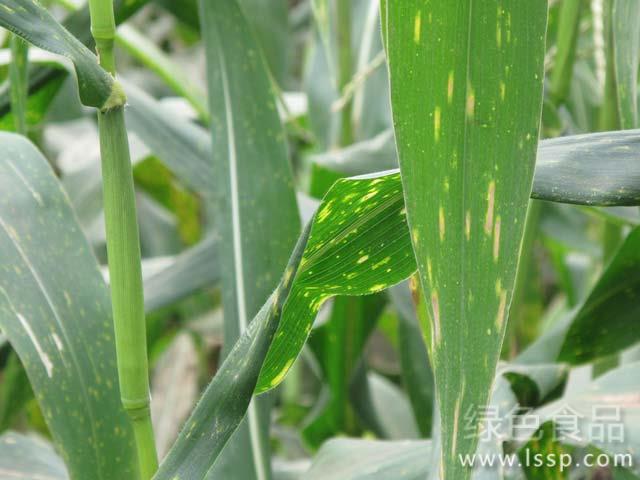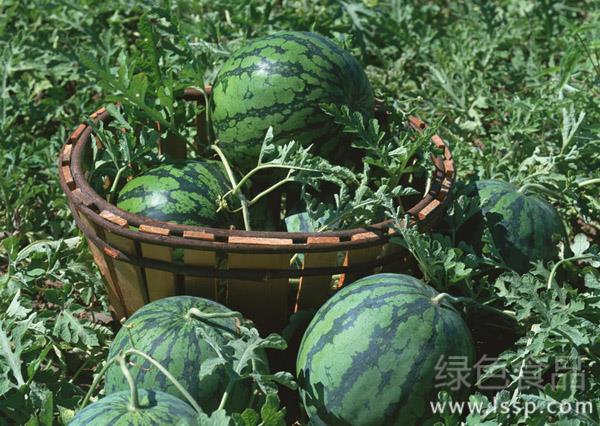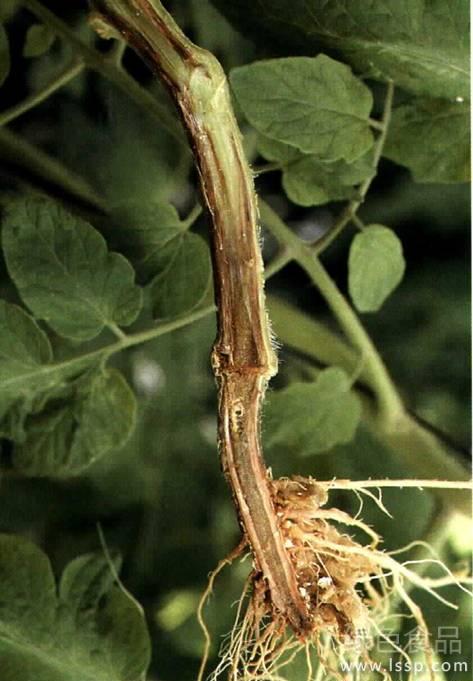How to control corn leaf blight caused by big and small leaf blight
Maize leaf spot is mainly harmful to maize leaves and, in serious cases, to leaf sheaths and bracts of maize. Large spot, long fusiform, grayish brown or yellowish brown, 5-10cm long, about 1cm wide, sometimes several disease spots connected into large irregular withered spots, when serious, the leaves scorched. In rainy and humid weather, a gray-black mildew layer grows on the disease spot. Small spot disease, at the beginning of the water-immersed spots, slowly forming a reddish-brown edge, the central yellow-brown oval spot. The size and shape of disease spot are different due to the limitation of maize leaf vein, but the longest spot is about 2cm (less than leaf spot). The disease spot is often oval or strip-shaped; in disease-resistant maize varieties, some are only round necrotic spots, which often cause corn leaves to dry up and die early, and a thin black mildew layer is produced on the reverse side of disease spots or dead corn leaves.

Maize leaf spot
Prevention and control methods:
1. Maize hybrids with resistance to disease and large and small leaf spot were selected.
two。 Implement the system of rotation and stubble. Avoid continuous cropping of corn, turn deep into the soil in autumn, deeply turn over the diseased and residual plants, and eliminate the source of bacteria; the corn straw used as fuel can be treated as early as possible after the beginning of spring, and the corn borer can also be treated; the diseased residue should be fully mature as compost, and straw fertilizer had better not be applied in the corn field.
3. Spray control. Before and after the heading of corn, spraying began when the rate of diseased plants in the field reached more than 70% and the rate of diseased leaves was 20%. The agents with good control effects are: 50% carbendazim wettable powder, 50% carbendazim wettable powder, 90% mancozeb, all add 500 times water, or 40% gram distemper EC 800 times spray. 50-75 kg per mu, sprayed once every 7-10 days, for a total of 2-3 times.
4. Remove the diseased leaves. The two kinds of leaf spot disease generally occur gradually in the lower leaves of corn and then the upper leaves. When the incidence of the lower two leaves reaches about 20%, the diseased leaves should be removed immediately, and 3-5 leaves should be removed every 7-10 days, which can effectively control the spread of the disease. However, the removal of diseased leaves must be carried out in a large area and completed in a short time, and the effect is obvious. After removing the diseased leaves, fertilize and water immediately to promote growth and enhance disease resistance.
- Prev

Cracking melon to reduce the quality of watermelon how to control watermelon crack melon
Cracking melon to reduce the quality of watermelon how to control watermelon crack melon
- Next

How to solve the problem of Brown and death of Tomato how to Control Tomato Fusarium Wilt
How to solve the problem of Brown and death of Tomato how to Control Tomato Fusarium Wilt
Related
- Fuxing push coffee new agricultural production and marketing class: lack of small-scale processing plants
- Jujube rice field leisure farm deep ploughing Yilan for five years to create a space for organic food and play
- Nongyu Farm-A trial of organic papaya for brave women with advanced technology
- Four points for attention in the prevention and control of diseases and insect pests of edible fungi
- How to add nutrient solution to Edible Fungi
- Is there any good way to control edible fungus mites?
- Open Inoculation Technology of Edible Fungi
- Is there any clever way to use fertilizer for edible fungus in winter?
- What agents are used to kill the pathogens of edible fungi in the mushroom shed?
- Rapid drying of Edible Fungi

